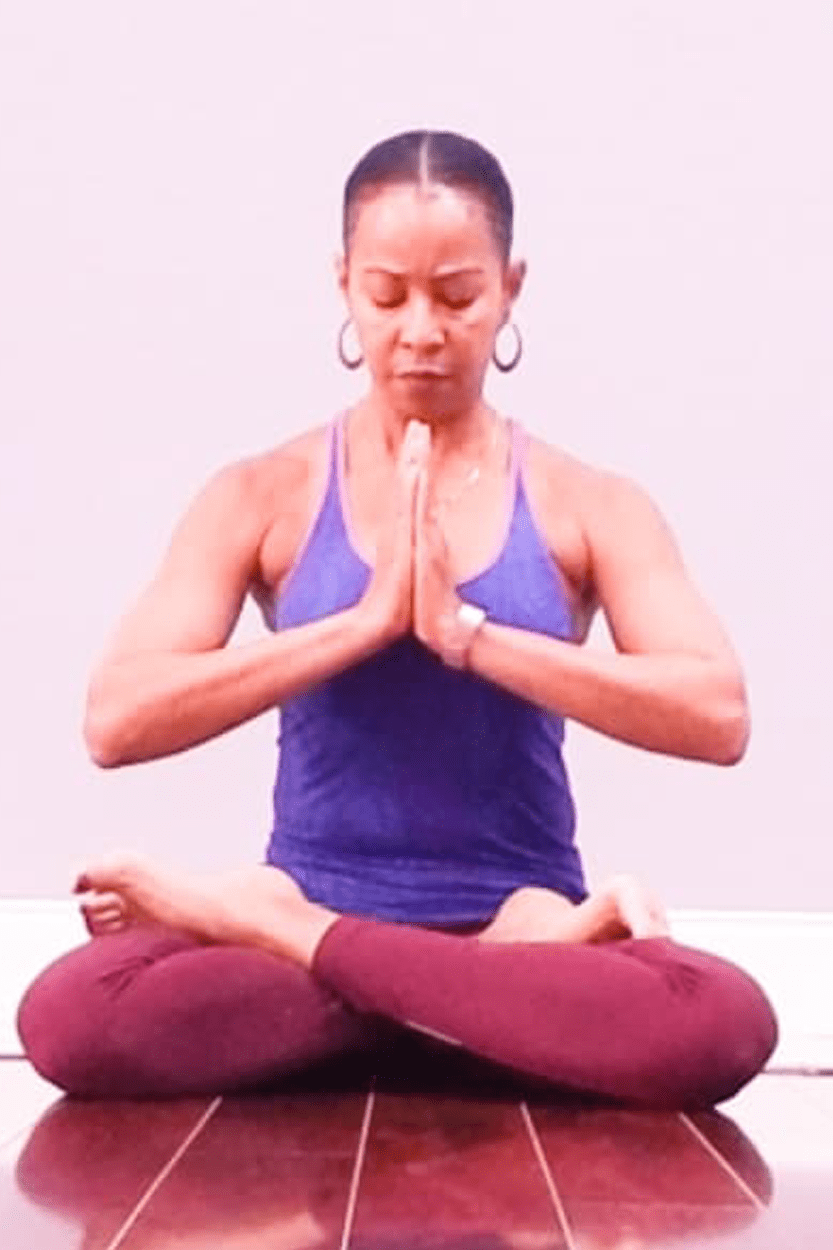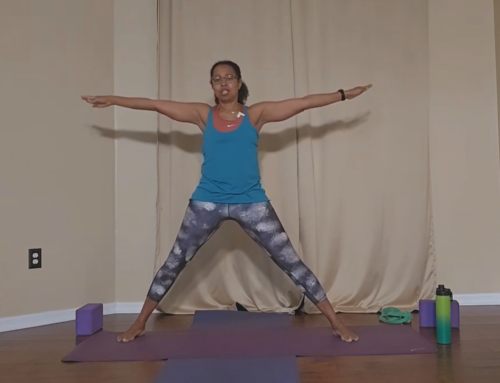We all know that breathing is essential to life.
We take approximately 20,000 or more inhalations and exhalations per day. That is over 7 million breaths each year! Lungs have the unique role of circulating air throughout the body. Blood cells receive oxygen and release carbon dioxide. If the lungs are unable to do their job, it can lead to respiratory failure. Not getting enough oxygen can also contribute to anxiety and panic attacks.
Numerous organizations have come together to bring awareness to the importance of healthy lungs and October is observed as Healthy Lungs Month. These organizations were formed because of the many respiratory diseases like asthma, flu, Bronchitis, and tuberculosis (TB) that can damage the lungs. Among the first such organizations, The American Lung Association was organized to bring awareness and combat TB in 1904. And even though TB is preventable and treatable, it is still the world’s most infectious disease killer.
Lifestyle choices are important to protect your lungs.
Most people know that smoking is damaging to your lungs but that was not always the case. It wasn’t until 1966 that labels were put on cigarette packaging to begin the slow process of changing the public perception of smoking. Between 2005 and 2020, cigarette smoking among adults declined from 20% to 12%. More than half of the people who smoke are living with a smoking-related disease. People who are subjected to second-hand smoke are also vulnerable.
Smoking isn’t the only irritant. Allergies, air pollution, and mold can cause lung damage. See your healthcare provider if you have a persistent cough that won’t go away, shortness of breath, discomfort in the chest area, or wheezing.
To strengthen your lungs, eat plenty of fruits and vegetables and exercise.
The lungs are a pair of organs, not muscles. They work along with the diaphragm and other muscles in between the ribs, the neck, and the abdominal muscles. Various Breathing exercises can be done to strengthen the system.
Belly Breathing is one such exercise.
This is also called diaphragmatic breathing. It is commonly done with patients who are suffering from respiratory illness or disease. This is also a familiar breathing technique within the yoga community. Additionally, it is usual for reducing stress and anxiety.
- Sit tall with your spine lengthened and your chest lifted or lay down with your knees bent
- Place one hand on your chest and the other on your belly just below your ribcage
- With your mouth closed, inhale slowly and deeply through your nose. The hand on your chest should barely move, while the one on your belly should rise.
- Slowly exhale through pursed lips. Feel the abdominals contact as the navel goes toward the spine. Your hand on your belly should move down to its original position.




Thank you Shannon for always thinking of me and others and our wellness and self care. God bless you with a gift of caring and showing us how to overcome health issues through prayer and meditation and focusing on God. I applaud you for your Caring and love 🙏🏾💯💕💪🏽
I appreciate you and your support, Regina. I love that you are committed to your health and wellbeing.